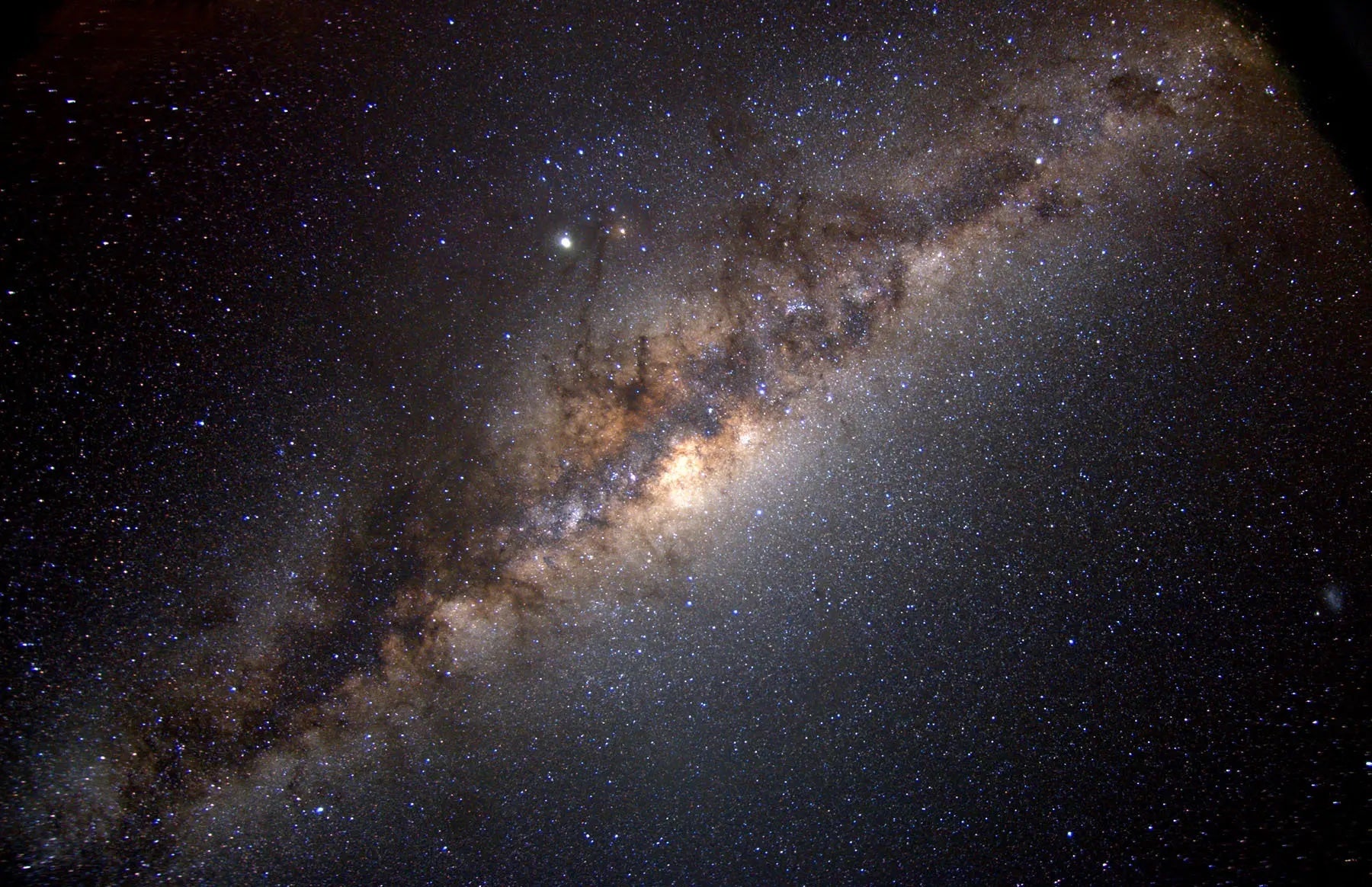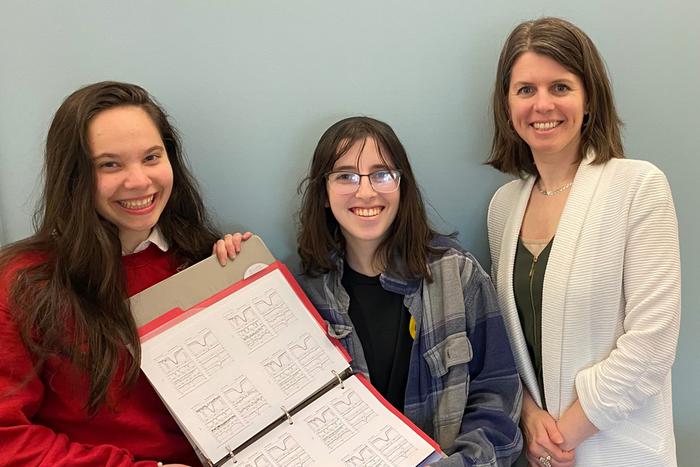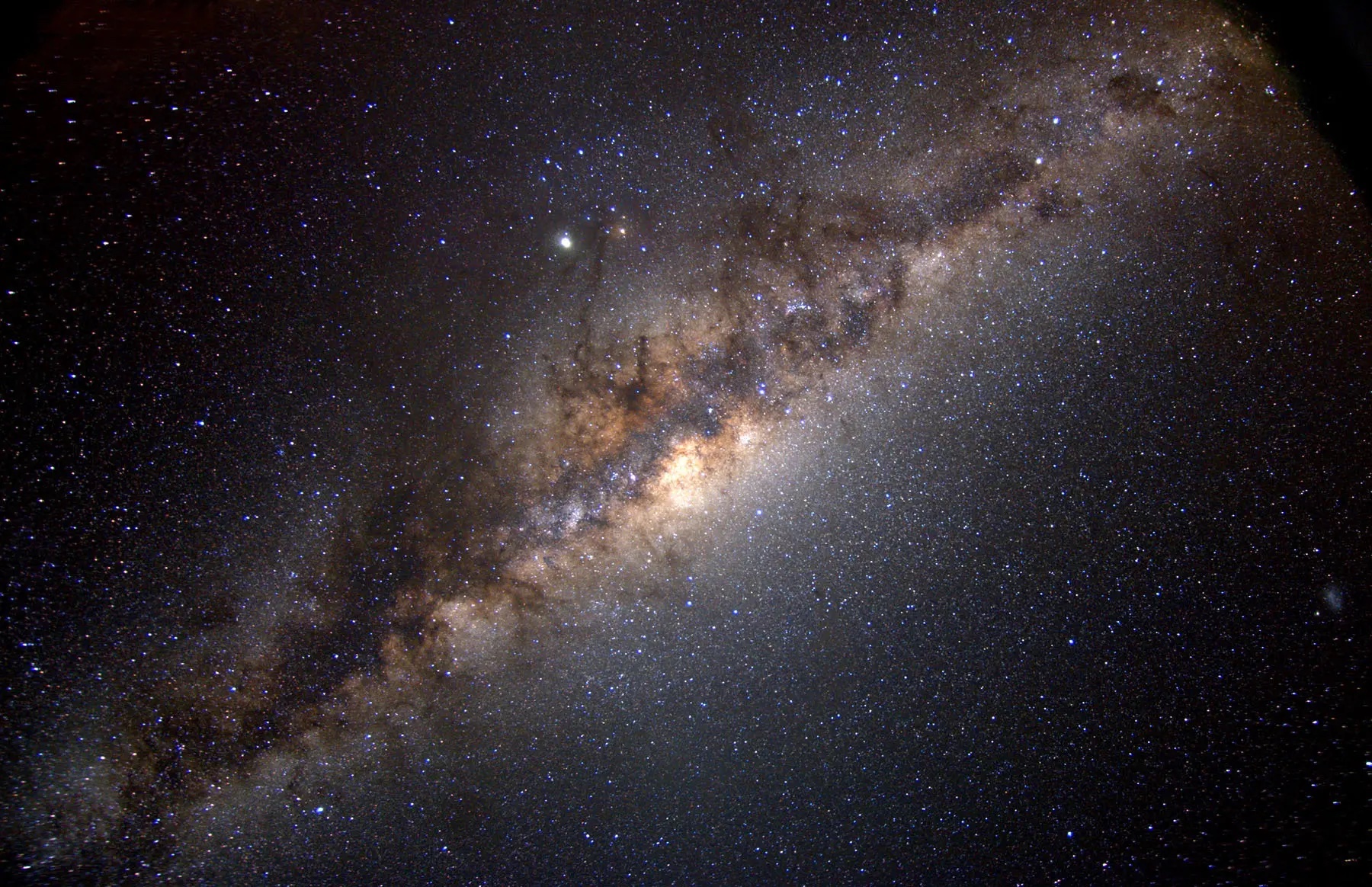A classroom concept leads to the discovery of a trio of stars that formed 12 to 13 billion years ago.

The Milky Way Galaxy holds remnants of ultrafaint dwarf galaxies. Credit: NASA
To find the universe’s oldest stars, you must look for the ones with low chemical abundances and a retrograde orbit. That’s what a group of students in a class of MIT professor of physics and division head for astrophysics Anna Frebel found.
Using these methods, the team discovered three of the most ancient stars in the universe hidden in the Milky Way’s Halo. The trio of stars is thought to have formed 12 to 13 billion years ago; when the first galaxies were beginning to form in what we now call ultra-faint dwarf satellite galaxies (UFDs). The study was published in Monthly Notices of the Royal Astronomical Society. “These oldest stars should definitely be there, given what we know of galaxy formation,” said Frebel in a press release. “They are part of our cosmic family tree. And we now have a new way to find them.”
A stellar course

The hint for finding the galaxies’ most ancient stars started in Frebel’s class called Observational Stellar Archeology, where her students learned about different techniques to analyze ancient stars and attempt to identify their origin. The class used data Frebel had been collecting from the 6.5-meter Magellan-Clay telescope at Las Campanas Observatory. The team found these three outsider stars and dubbed them Small Accreted Stellar System stars (SASS).
These SASS stars belonged to a UFD at one point and eventually merged with a younger Milky Way Galaxy. Now, the only evidence of the dwarf ancient galaxy is the trio of stars. But the team suspects there are more out there. Frebel’s team hopes to use the three stars as a way to further understand galaxy evolution, especially in UFDs.
Low chemicals
The data focused on stars that formed 13.8 million years ago, soon after the Big Bang. At this stage in the universe’s life, the most abundant elements were hydrogen and helium, but there were also small traces of heavier elements such as strontium and barium.
It’s extremely useful to measure a star’s chemical abundance because it reveals the type of chemical environment the star was born in, if it is part of a family (multiple stars born from the same nebula), as well as providing hints as to what age the star may be. To measure a star’s chemical abundance, it is often relative to that of the Sun. Frebel’s team found that one of the stars in the trio had 1/10,000 the amount of iron to helium compared to that of the Sun. But how did these relics get themselves transported into the Milky Way galaxy?
A peculiar orbit
Frebel’s team traced each of the star’s orbits using Gaia astrometric data and found that they were actually moving in the opposite direction of the other stars in the Milky Way — meaning that they have retrograde orbits. In the astronomy world, specifically galactic archaeology, this a major tell-tale sign that the stars came from a progenitor system — a UFD. “The only way you can have stars going the wrong way from the rest of the gang is if you threw them in the wrong way,” said Frebel.
Frebel took a step further and analyzed other ancient stars in the Milky Way halo that were previously studied and found 65 fast-moving (hundreds of kilometers per second) retrograde stars that also had low strontium and barium abundances. “They’re on the run! We don’t know why that’s the case, but it was the piece to the puzzle that we needed, and that, I didn’t quite anticipate when we started,” said Frebel in a statement.
Next, the researchers plan on looking for more SASS stars and UFDs. From the 400 billion stars in the Milky Way, the students are hopeful they will find more of the universe’s oldest stars.

